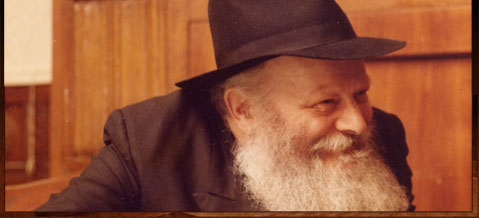Rabbi Chaim Menachem Teichtel
I was born in the town of Piestany, Czechoslovakia, where the local rabbi was my father, Rabbi Yissachar Shlomo. In 1938, after Slovakia broke away as an autonomous state – with the support of the Nazis – and began enacting anti-Semitic measures, my father decided to send me off. Sixteen years old at the time, I spent a year at the Eitz Chaim yeshivah outside Antwerp, and then had to escape again when the Germans invaded Belgium. Eventually, I found refuge in Vichy, France, with Rabbi Shneur Zalman Schneerson, a cousin of the Rebbe. I was part of a group of twenty boys, whom he cared for, materially as well as spiritually, throughout those terrible war years.
During that time, I also got to know Rabbi Shmuel Yaakov Rubinstein, a prominent Paris rabbi who had gotten to know the Rebbe while he lived there. It was from him that I heard the following story:
Before Sukkot of 1940, the Rebbe had turned to Rabbi Rubinstein with a question: How much is a Jew allowed to place his life in danger in order to fulfill a commandment b’hiddur, in a special and enhanced manner? The two discussed the various Halachic considerations for a while, and shortly after the Rebbe disappeared for several days.
When Rabbi Rubinstein saw the Rebbe next, his face was beaming. He was holding two beautiful Calabrian etrogim, one of which he gave to Rabbi Rubinstein. Despite the war, the Rebbe had managed to travel into fascist Italy, and secured two citrons from the Calabria region, which are preferred by Chabad custom. The roads, and especially the border crossings, were quite dangerous, especially for someone who wasn’t hiding his Jewish appearance, but the Rebbe risked his life for those etrogim.
That Sukkot, there was a long line of local Jews wishing to make their blessing using that etrog, and the Rebbe was happy to oblige. (more…)





